Are “Scary Stories You Tell In the Dark” Really Scary Enough to be Banned?

Scary Stories To Tell In The Dark Book Cover
October 13, 2022
In the 1980s and 1990s, Alvin Schwartz published a series of three young adult books, Scary Stories to Tell In the Dark. Each book is a collection of short horror stories with illustrations by Stephen Gammell. The series, with a combined total sales of over 7 million copies and appearing on numerous children’s best-seller lists, soon became a target to be banned from school libraries by parents. According to the American Library Association (ALA), Scary Stories made the list of top 10 books to be banned in the 1990s.
According to Marshall.edu, the main reason why the books were banned was the contents were violent. Wikipedia describes Gammell’s nightmarish artwork as another contributing factor to parents’ objections to books. Gammell’s images of disturbing, gruesome, and scary characters were not appropriate for children. According to Wikipedia “Critics have called the stories, many of which feature macabre topics such as murder, disfigurement and cannibalism, ‘sick…repulsive,’ and ‘really disgusting.” Another reason parents objected to the books is because the children would check them out and hide the books from their parents to read in the dark, with a blanket over top of them with a flashlight.
With parents complaining to principles, and librarians refusing to remove the books, the fight made its way to district school boards across the country. Lake Travis Elementary School banned the books in 2018 citing depictions of horror and violence and the Greater Clark County Elementary School in Indiana banned the books because of the subjects such as cannibalism, murder, witchcraft, ghosts and a character being skinned.
Leah Fueling remembers “I would hide the Scary Stories from my parents as well, so I could read them since my parents didn’t like me reading them, but I read them anyway and it got me into reading scary books and watching scary movies.”
Schwartz began his career as a journalist but soon became a freelance writer and has written over 50 books about folklore intended for younger readers. In an interview with “Language Arts” magazine, Schwartz said “Basically, what I do with every book is learn everything I can about the genre. This will involve a lot of reading and scholarly books and journals and sometimes discussions and scholarly folklorists…But, what I’m also after here when I’m dealing with tales, are stripped down tales–right down to the essentials, because traditionally, storytellers will take such a tale and embellish it themselves. I want them to be able to do this. Now I’ve discovered that professional storytellers are using my stuff. And librarians use it in this way, I hope. They should be. After all, every time you sing a folk song, it changes. That’s essentially what I do.”












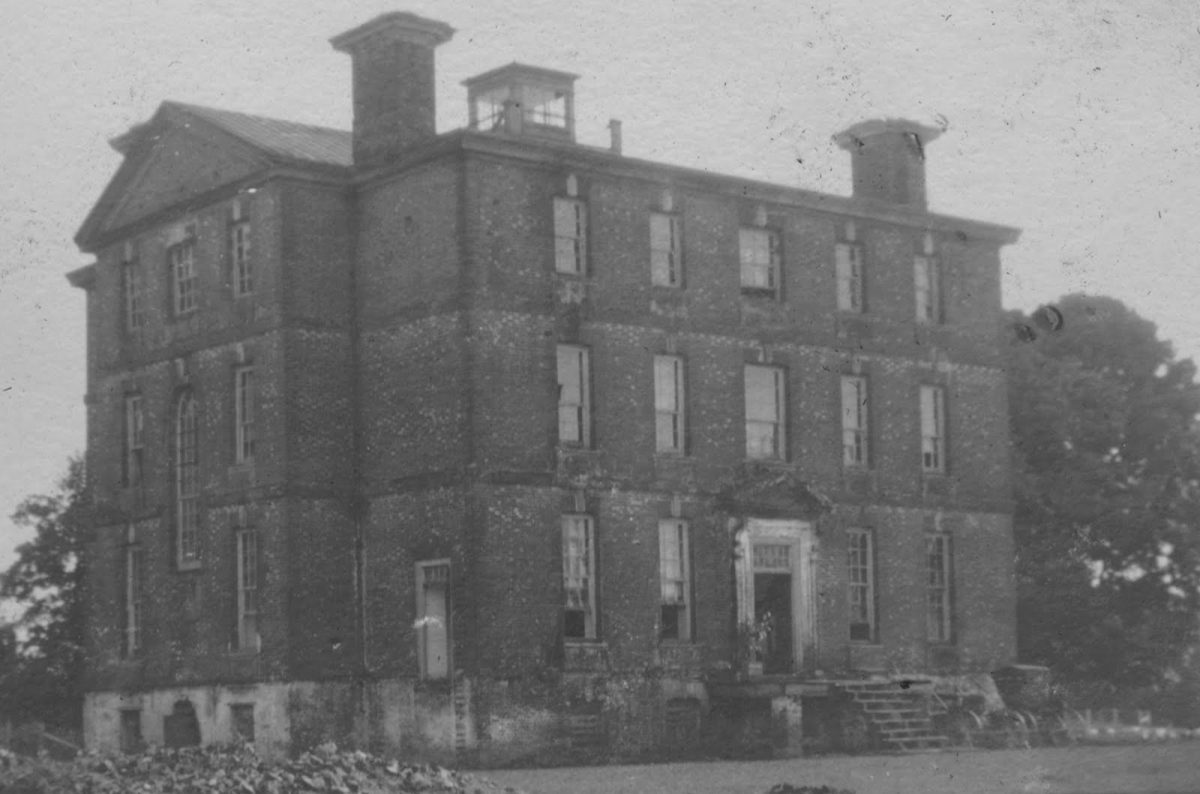
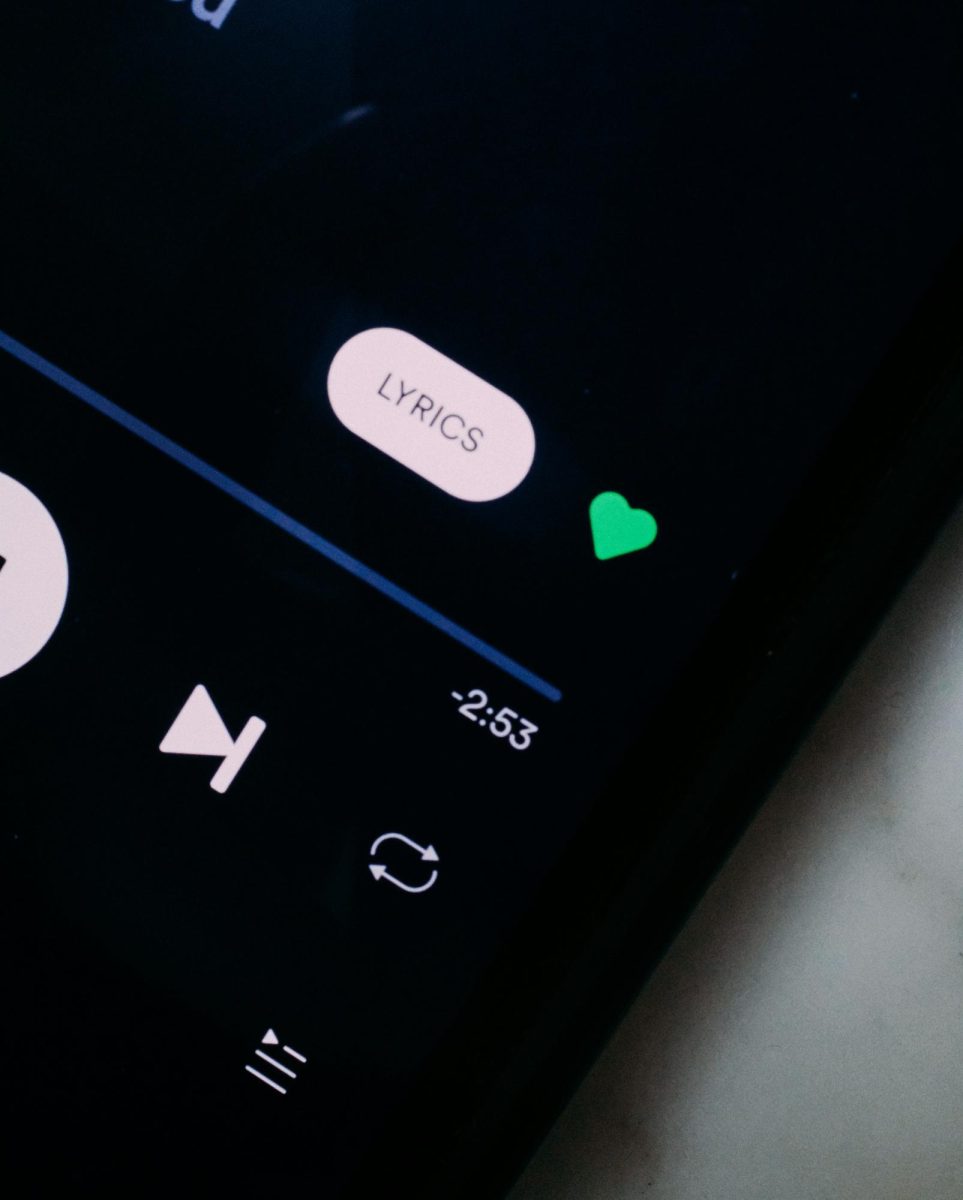




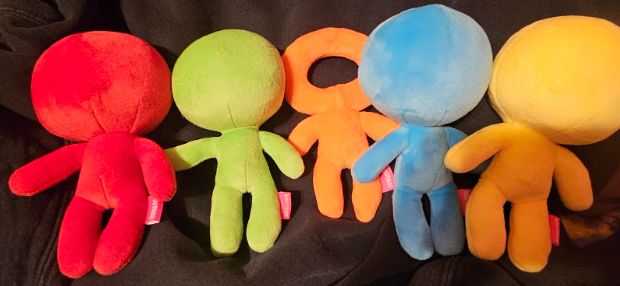






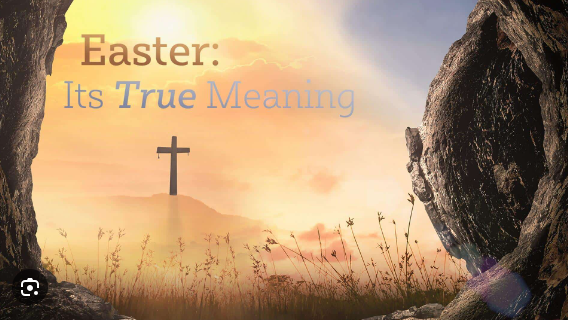















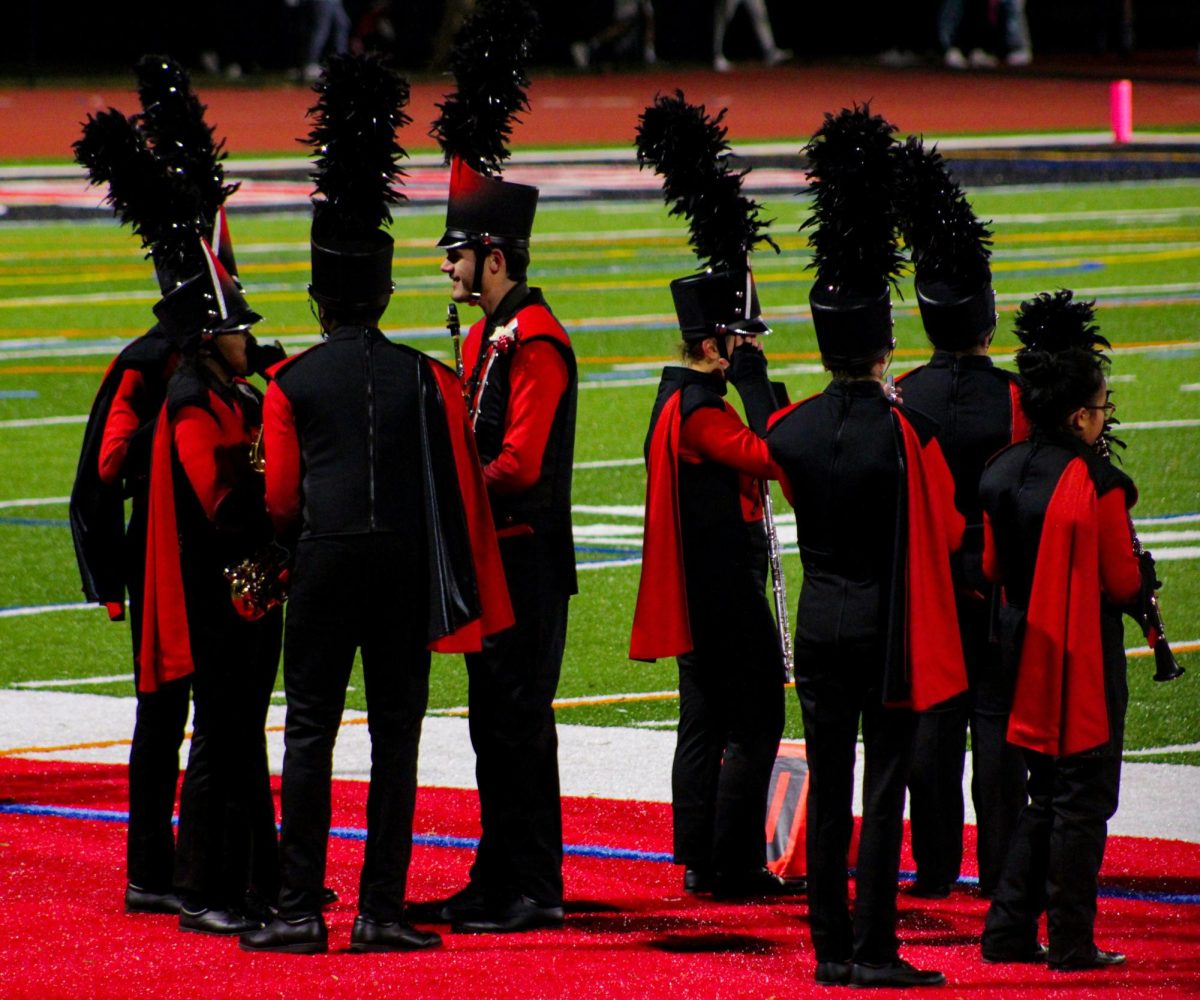






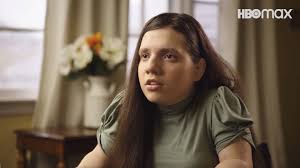


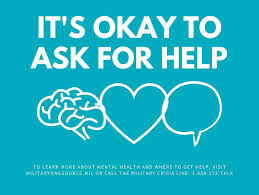



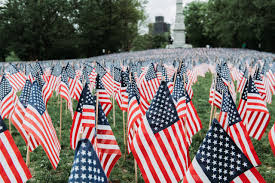
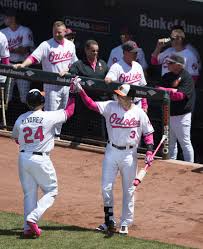




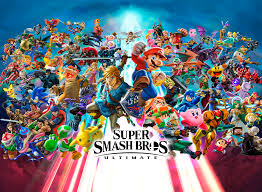
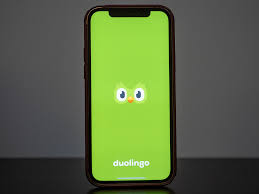


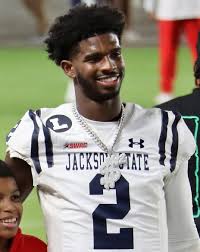
eva • Oct 21, 2024 at 3:37 pm
hmm that is weird